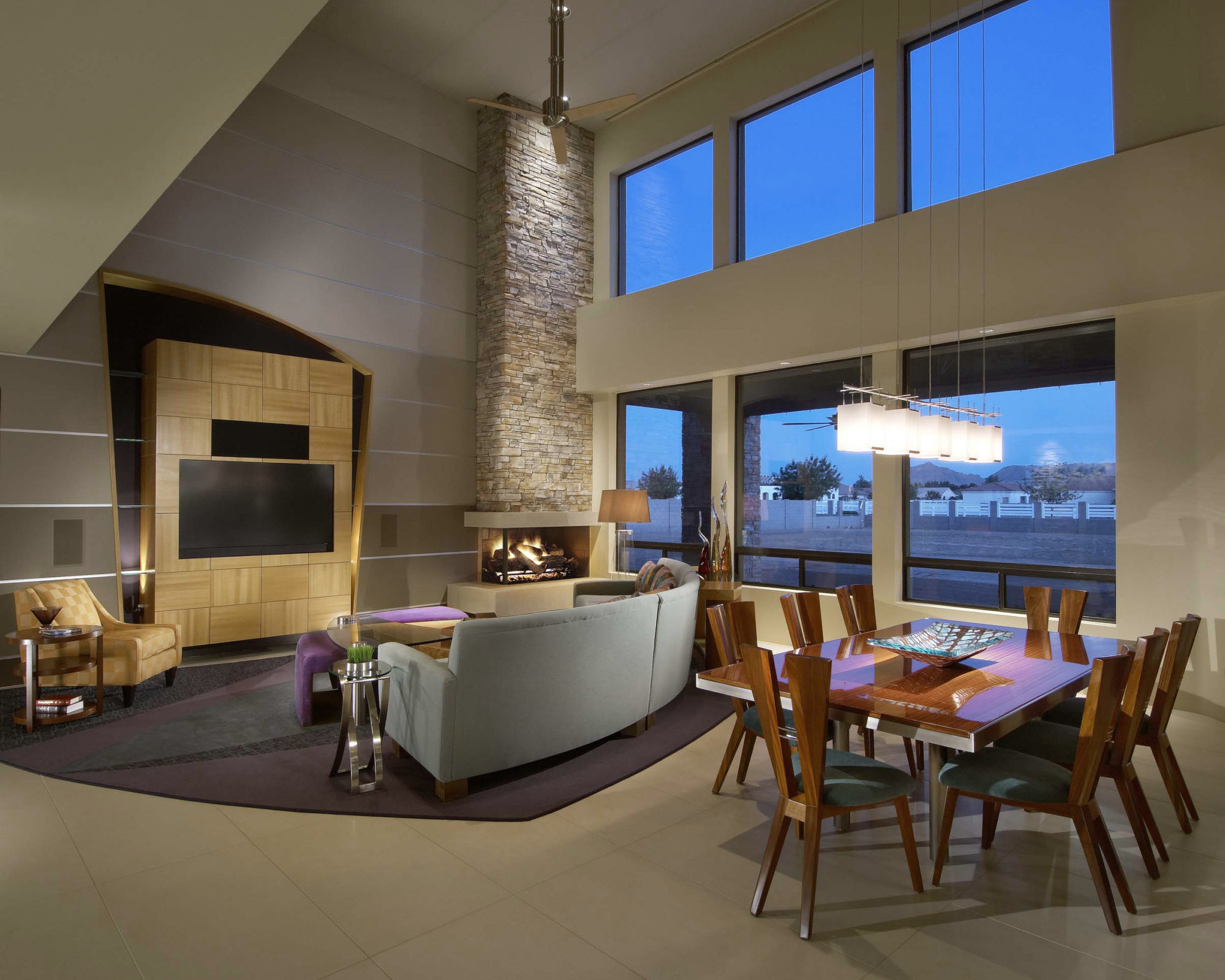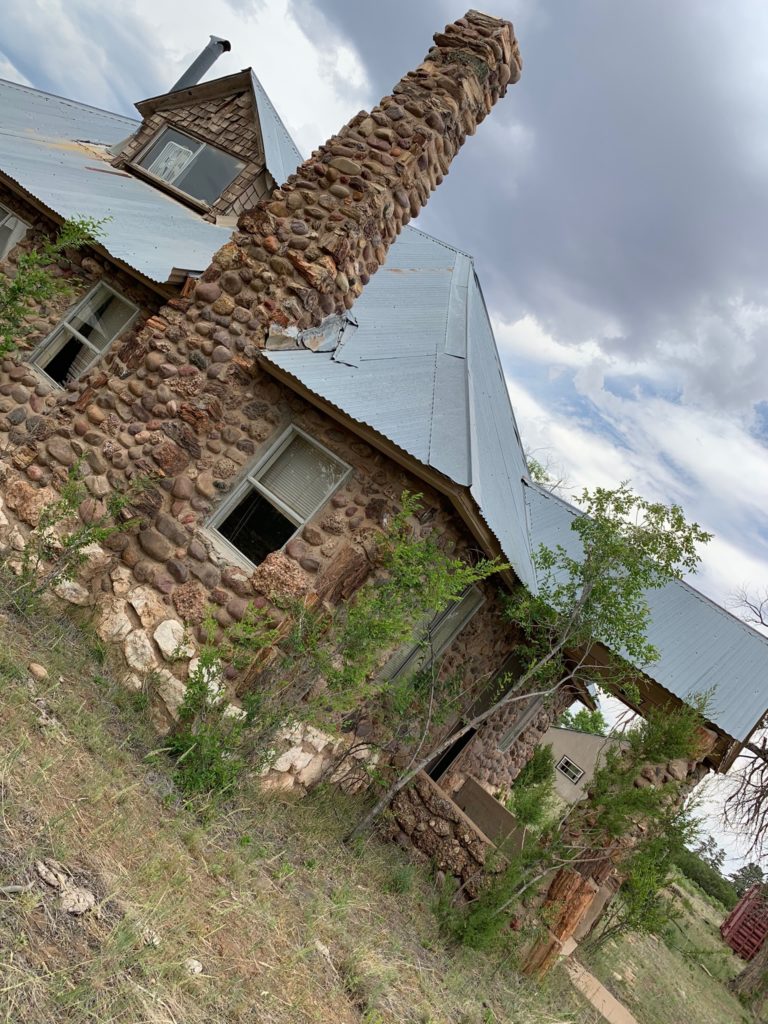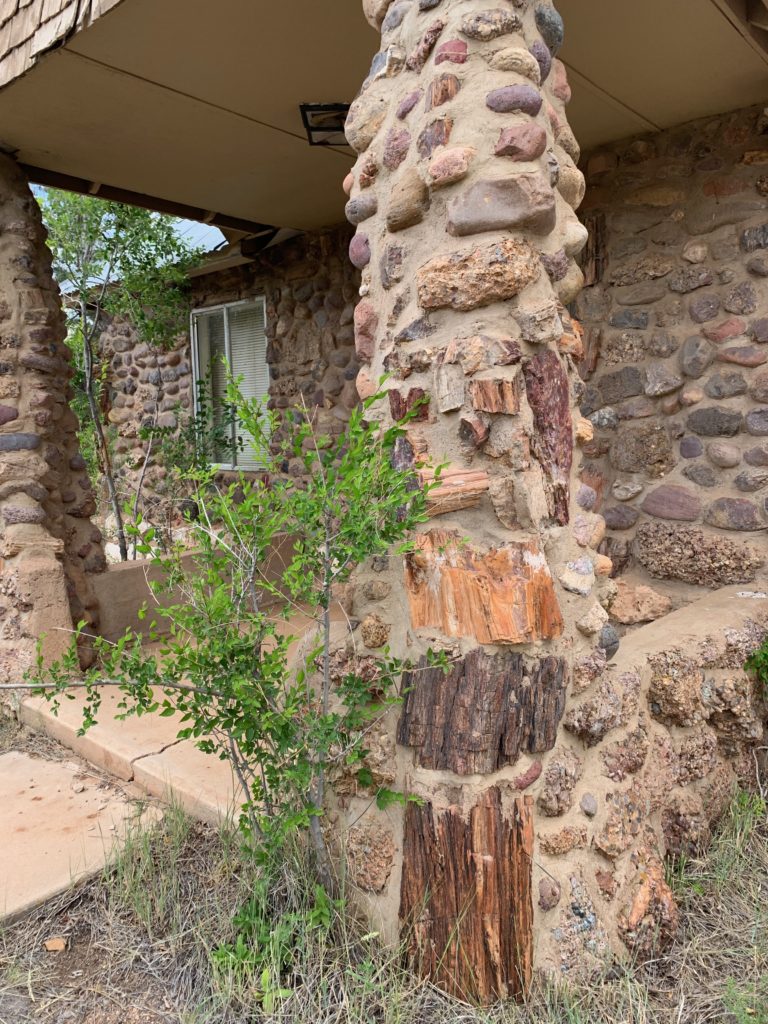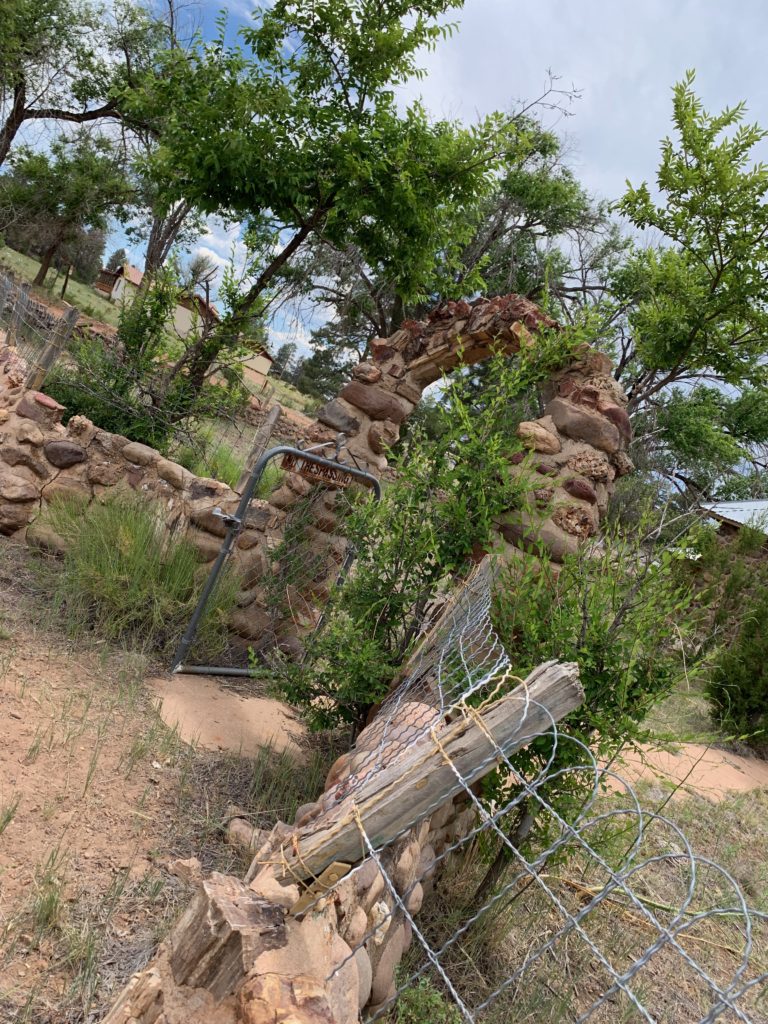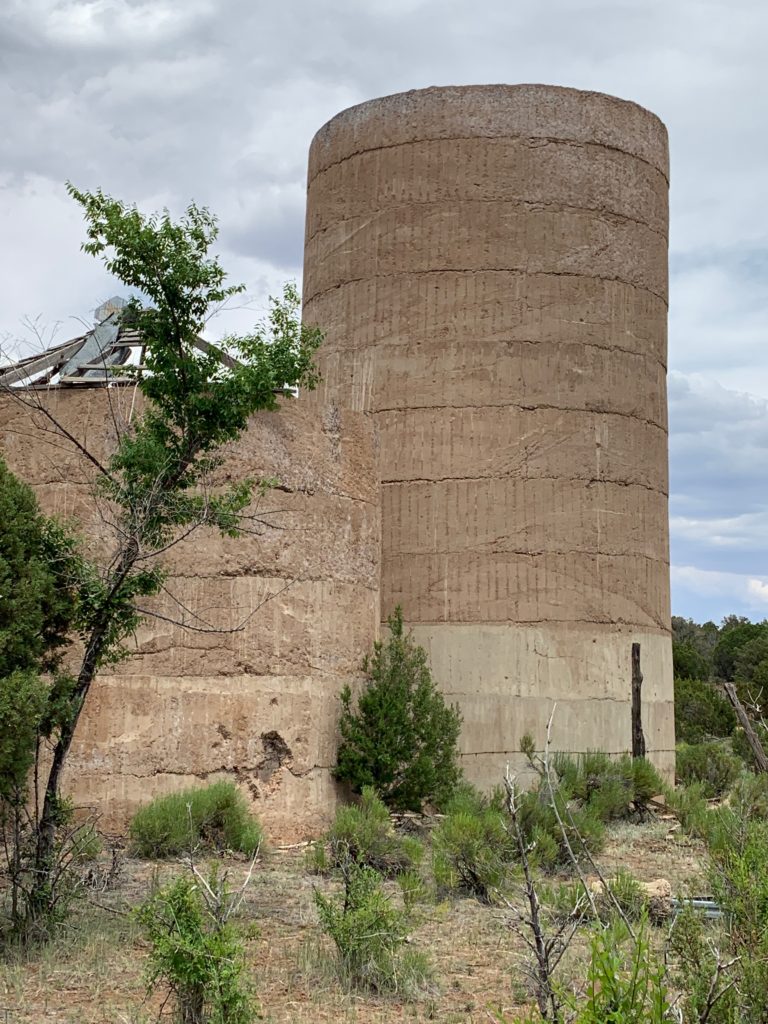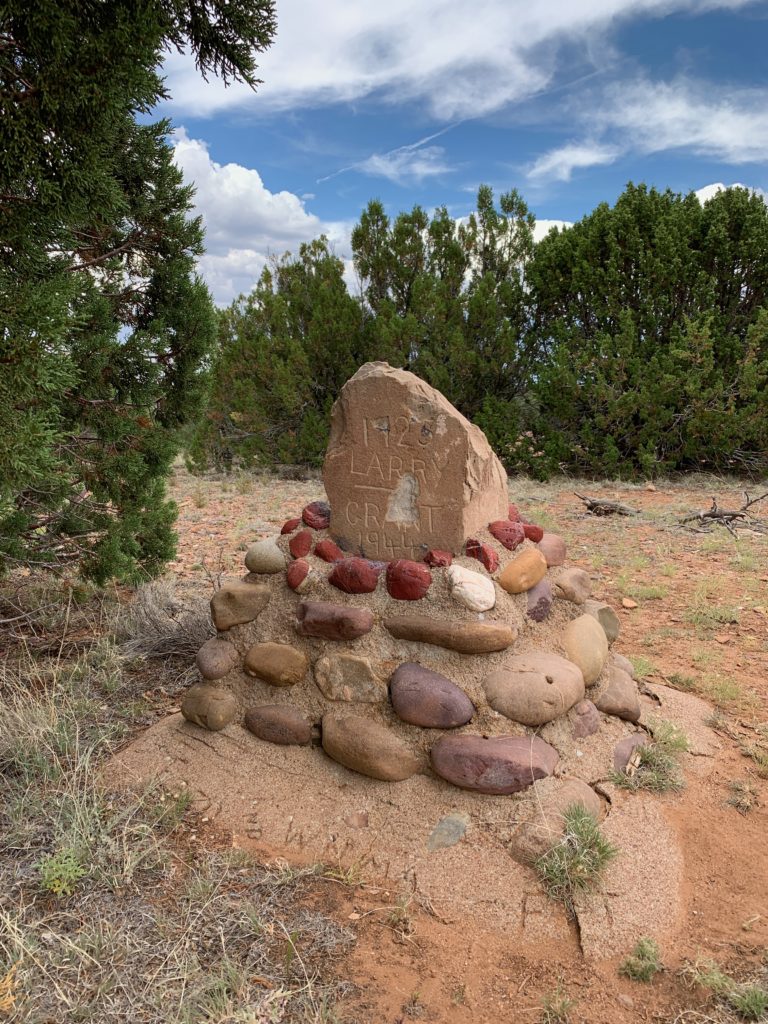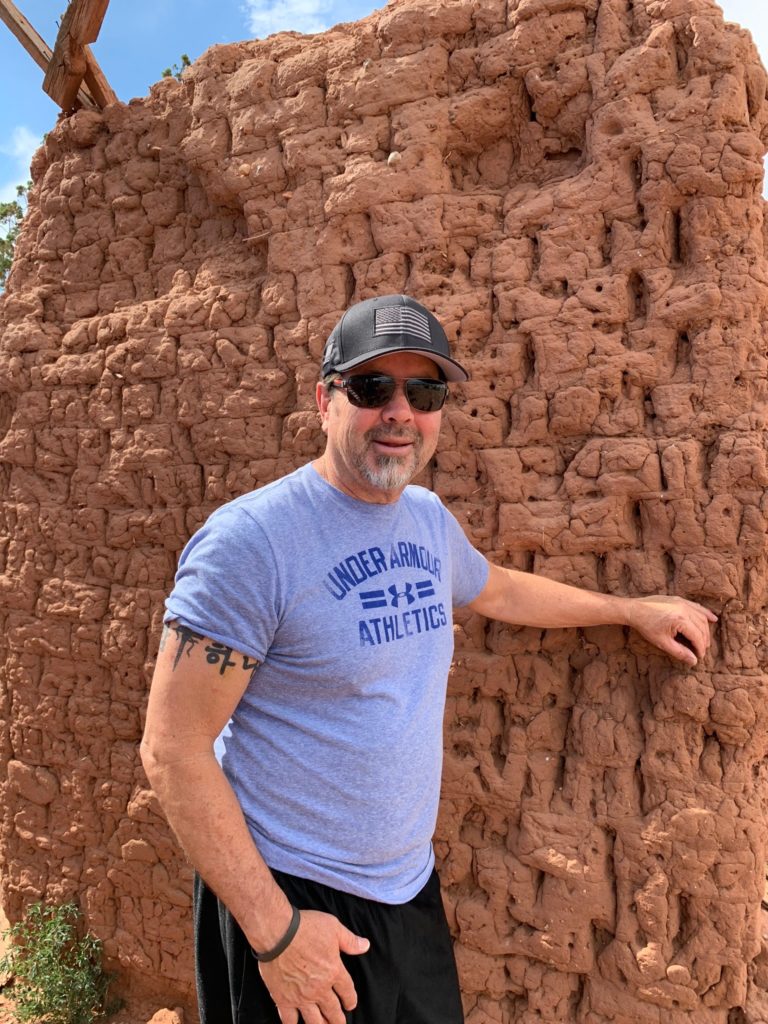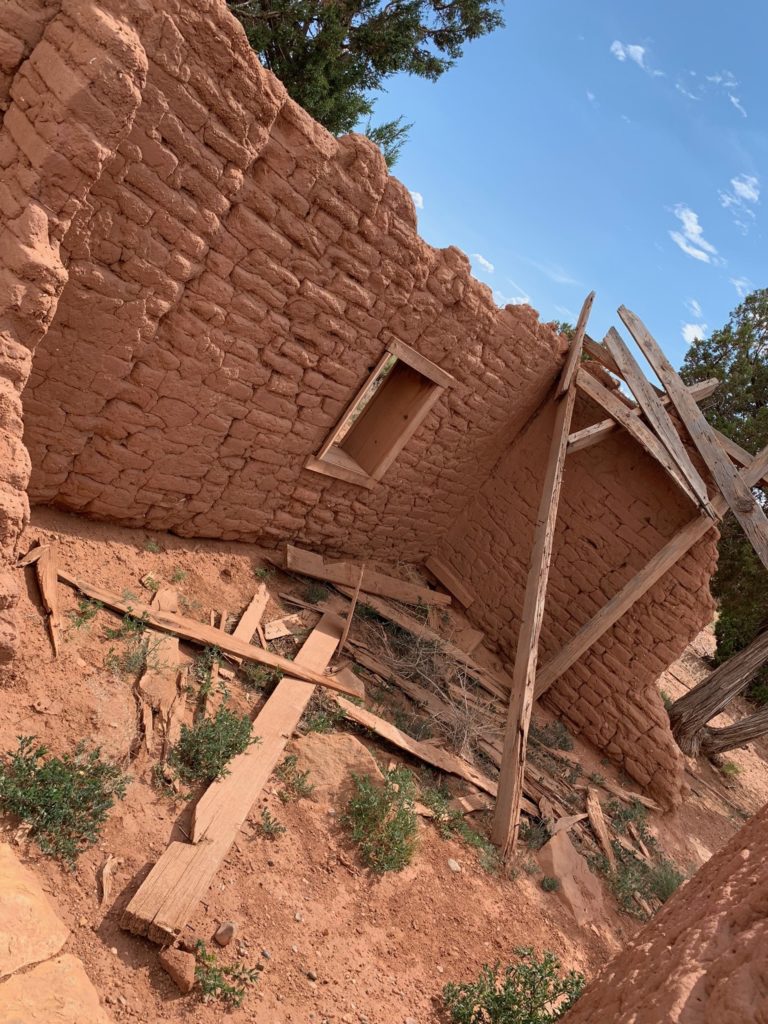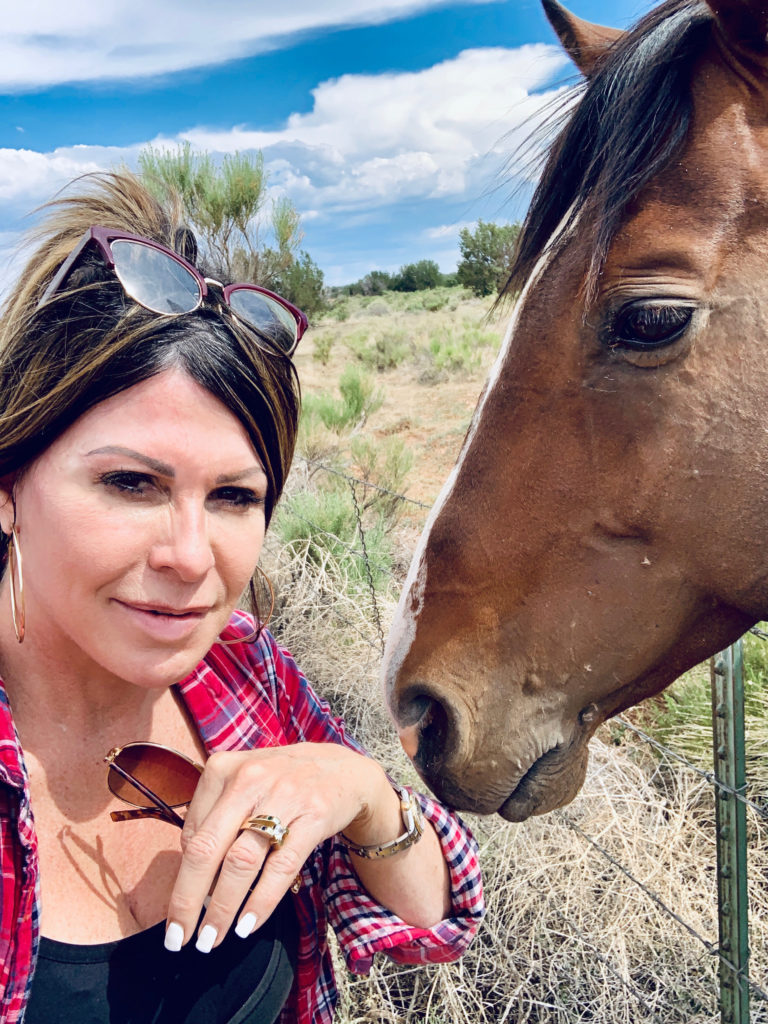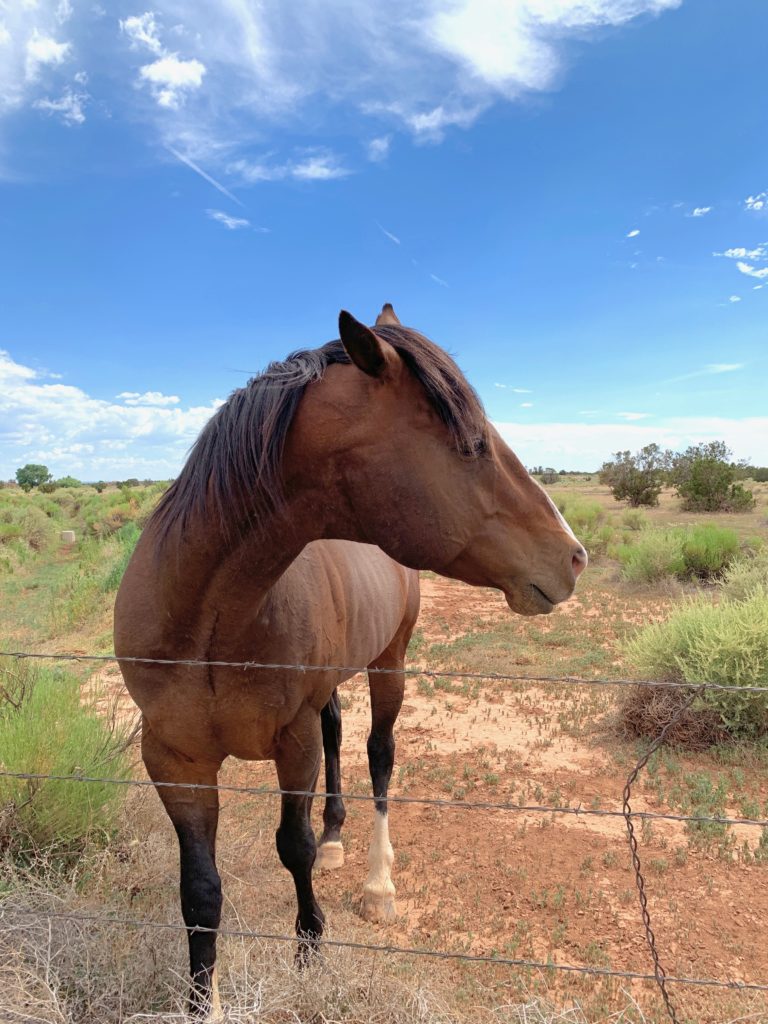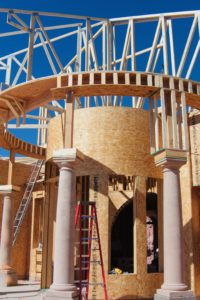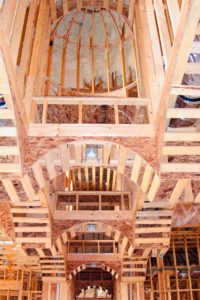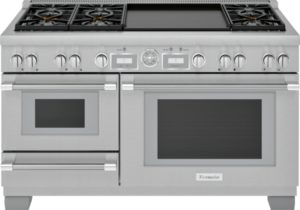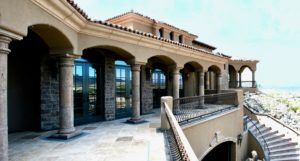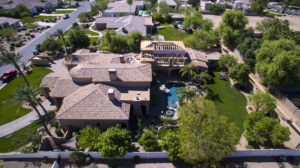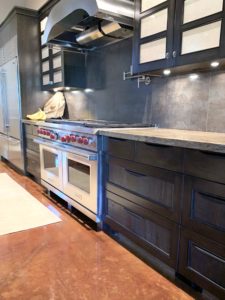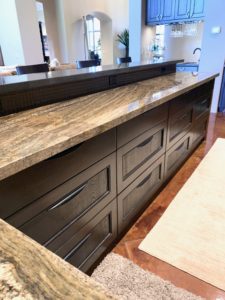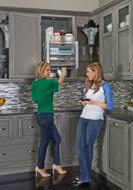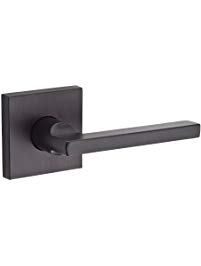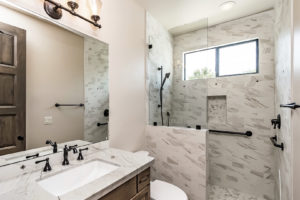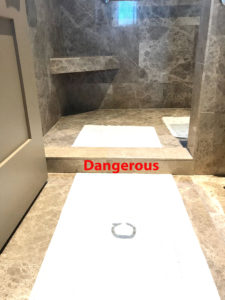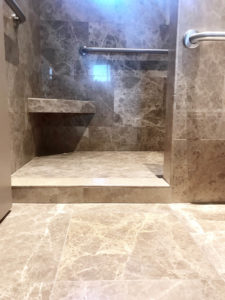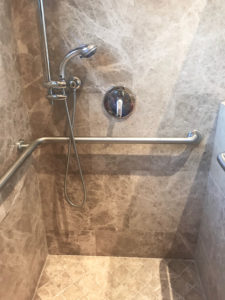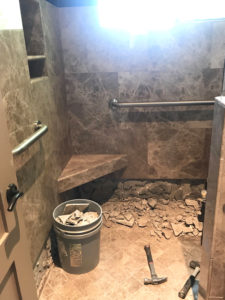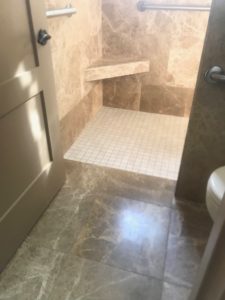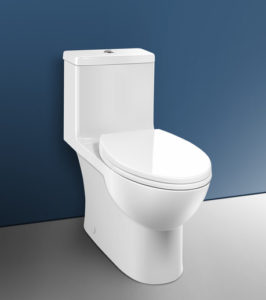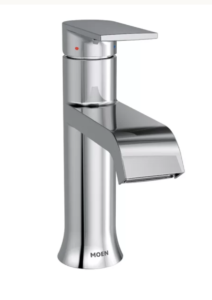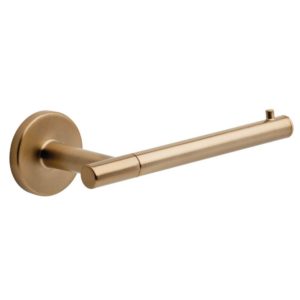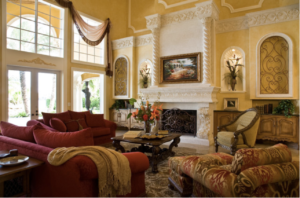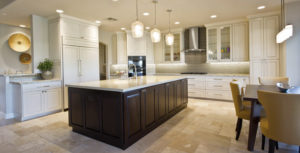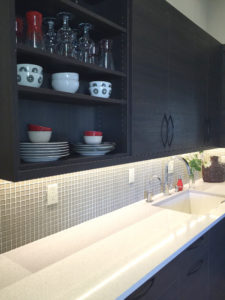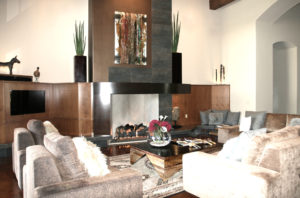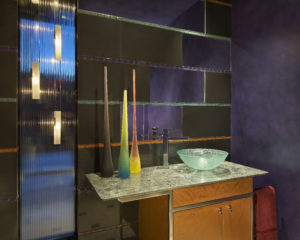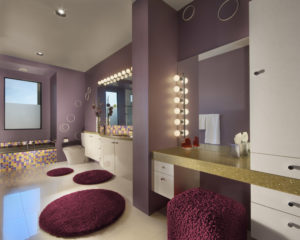So, maybe someday I’ll separate my work blog from my travel blog but in the meantime, they are in the same spot. I absolutely LOVE Alaska and we just returned from another Alaska adventure of a lifetime (destination Tutka Bay Wilderness Lodge) and I have to share!
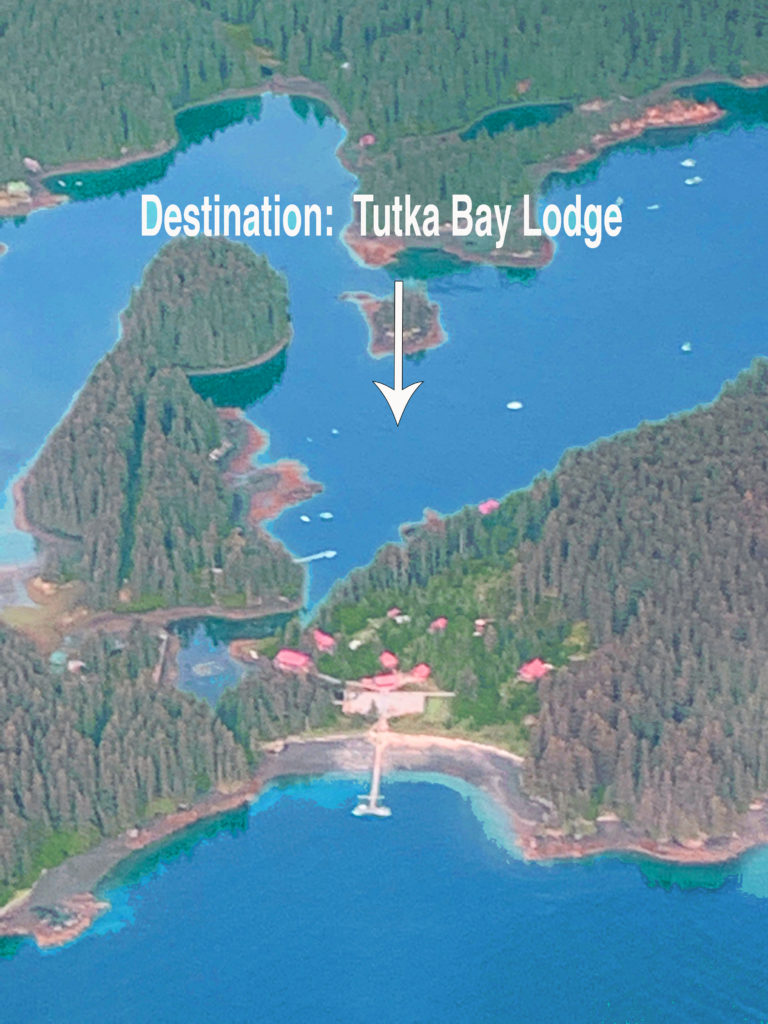
“To the lover of wilderness, Alaska is one of the greatest countries in the world” John Muir
This trip was one we took with another couple who we’ve been friends with forever, it seems. I call Wendy my travel guru, as she is so great at planning vacations, finding the best restaurants, destinations and hotels. She had called me early fall and asked if we would like to join them for a trip to an exclusive, remote, luxury wilderness lodge called Tutka Bay Lodge ( a National Geographic registered lodge). Of course, we couldn’t pass it up!
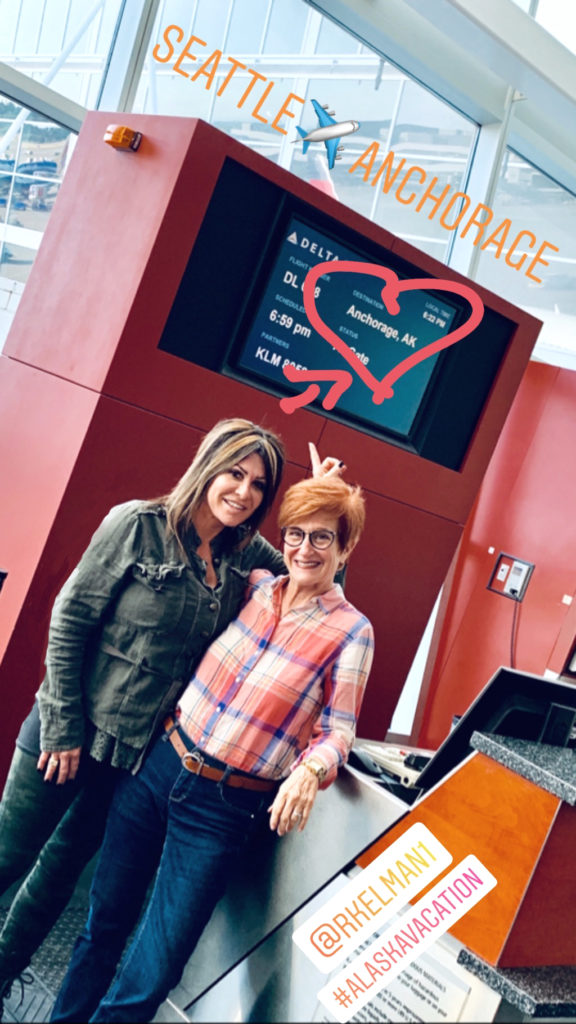
My Travel Guru, Wendy 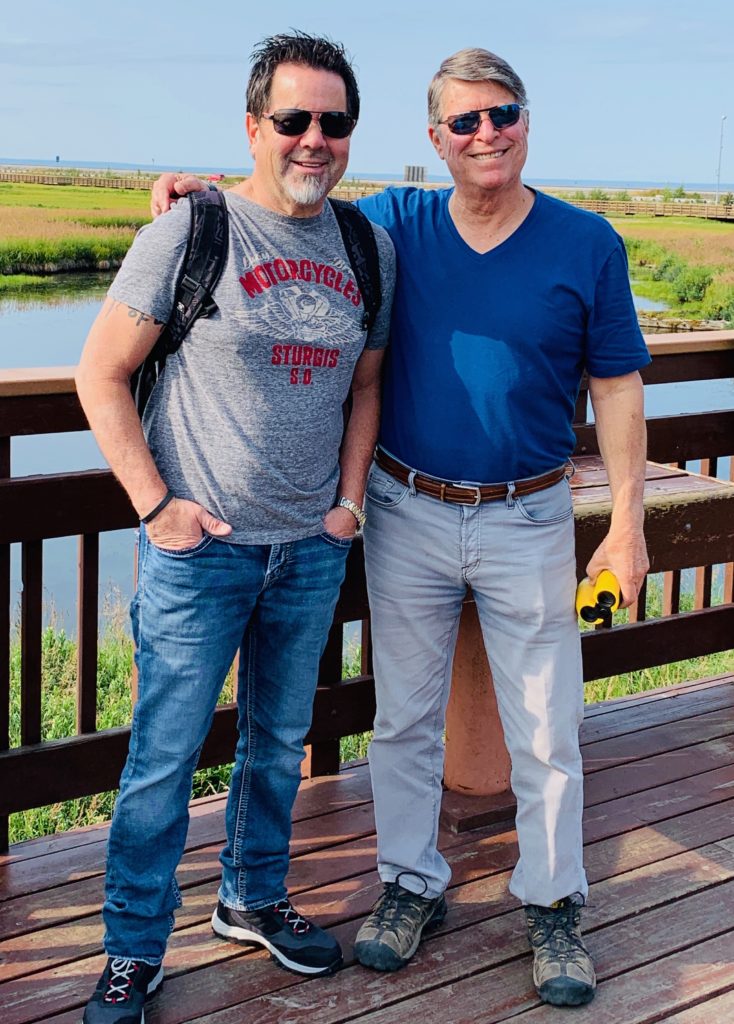
Kevin’s longtime buddy, Ricky
I have to do a disclaimer up front on why you will see me in the same shirt in almost every photo. It was the only one I packed that was right for the weather on most days! Had I been in New York, I for sure would have made a few purchases:)

We’ve been to Alaska twice before, once by way of a Holland America cruise through the inside passage and on another, we flew into Juneau and explored Glacier Bay and took float planes to a magical place called Taku Glacier Lodge. Before continuing about our recent trip, I must mention that flying over 5 glaciers and landing in the water in front of the remote Taku Glacier Lodge and partaking of a salmon feast there was one of the most magical experiences of my life! This trip was a gift from my Dad and Mom to my family and my brothers and their families. Experiencing this with family was a memory that we all will talk about for the rest of our lives. The cruise was first class (highly recommend Holland America for an Alaskan cruise) and our venture into Glacier Bay was a spiritual moment that i go back to time and time again. I can’t explain it. We were the only ship back there (they limit it to 2 a day) and we sat right in front of the glacier. People were absolutely silent and all we could hear was the crashing of ice falling into the ocean and the cries of the osprey. The water was turquoise and clear and pure with pieces of ice floating everywhere. I felt so deeply connected with nature and my God that tears streamed down my face.

Anyway, back to the recent trip. This was an opportunity for the men to fish in some of the best waters in the world for halibut and salmon. The plan was to fly into Anchorage, rent a car, drive down the coast all the way to the charming town of Homer (the halibut capital of the world and a trending adventure destination), which overlooks Kachemak Bay and the Kenai Mountains. The men were going to do some halibut fishing and then we would leave for the lodge. Then we would drive back to Anchorage, stay the night and head home.
Anchorage
We arrived into Anchorage late, so we stayed at the Alaska House of Jade B & B that night. By the way, I highly recommend this place. Zach and Krista were wonderful hosts and made a beautiful breakfast for us!
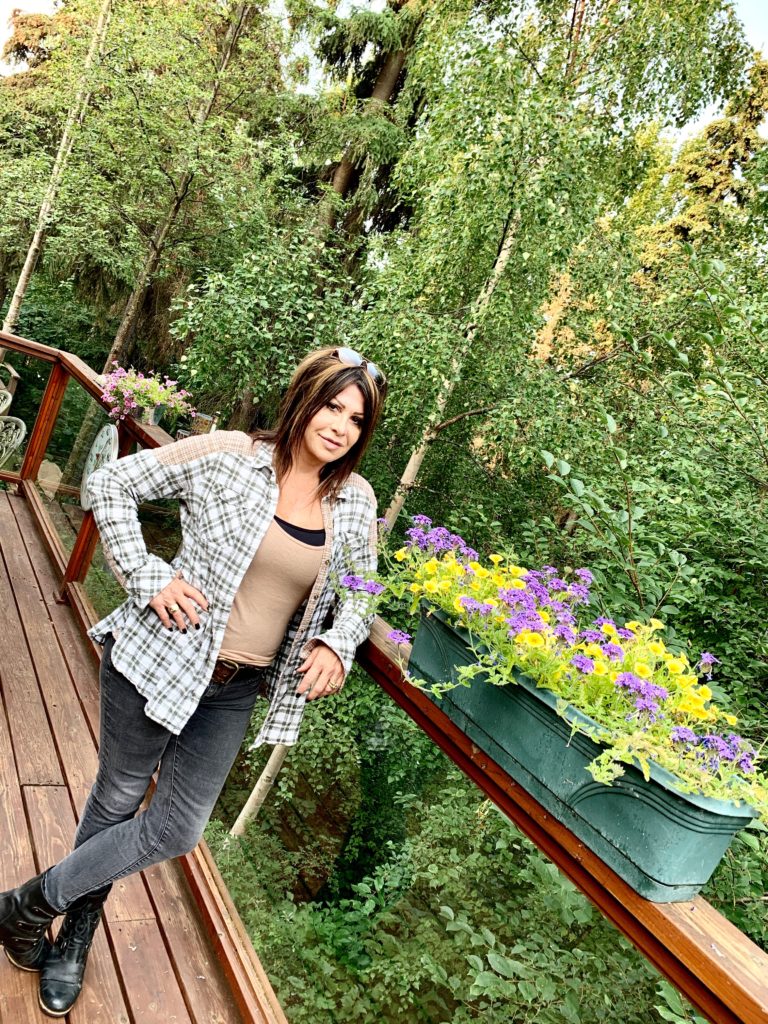
“The Shirt” 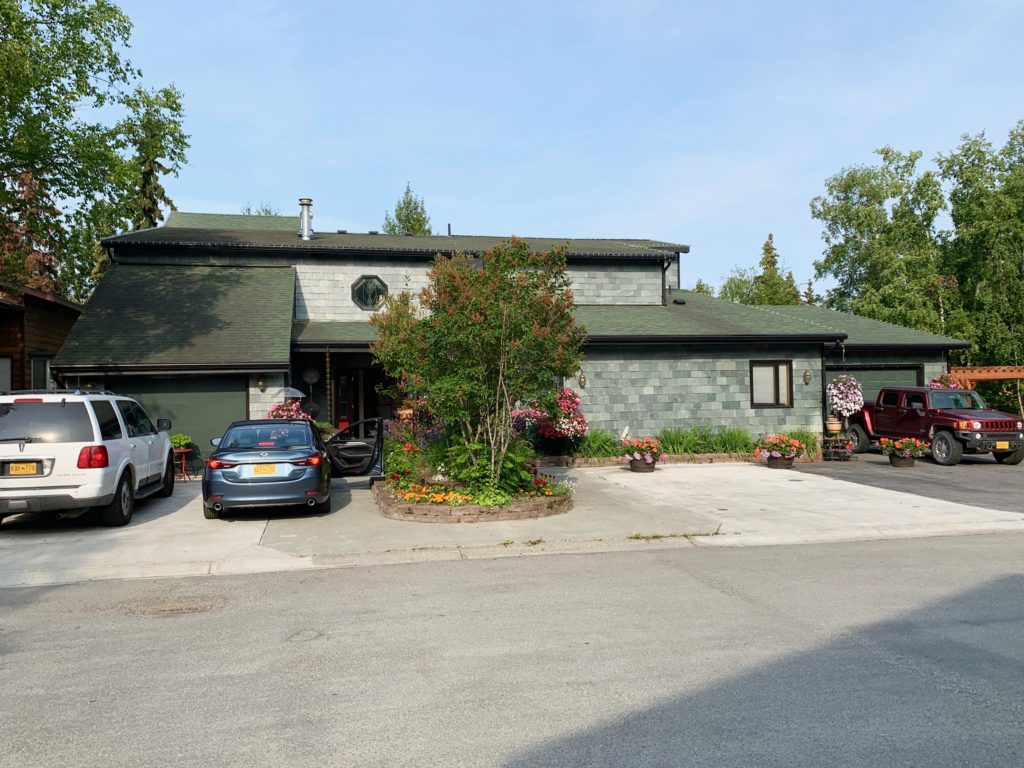
Alaska Houase of Jade 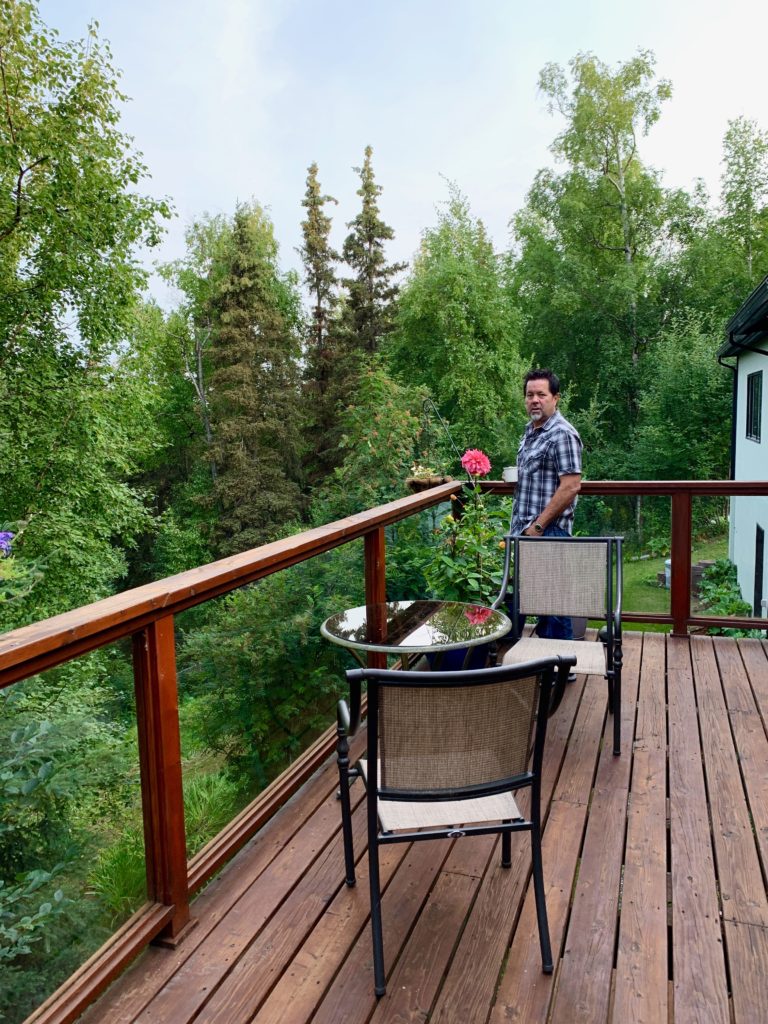
Gorgeous patio 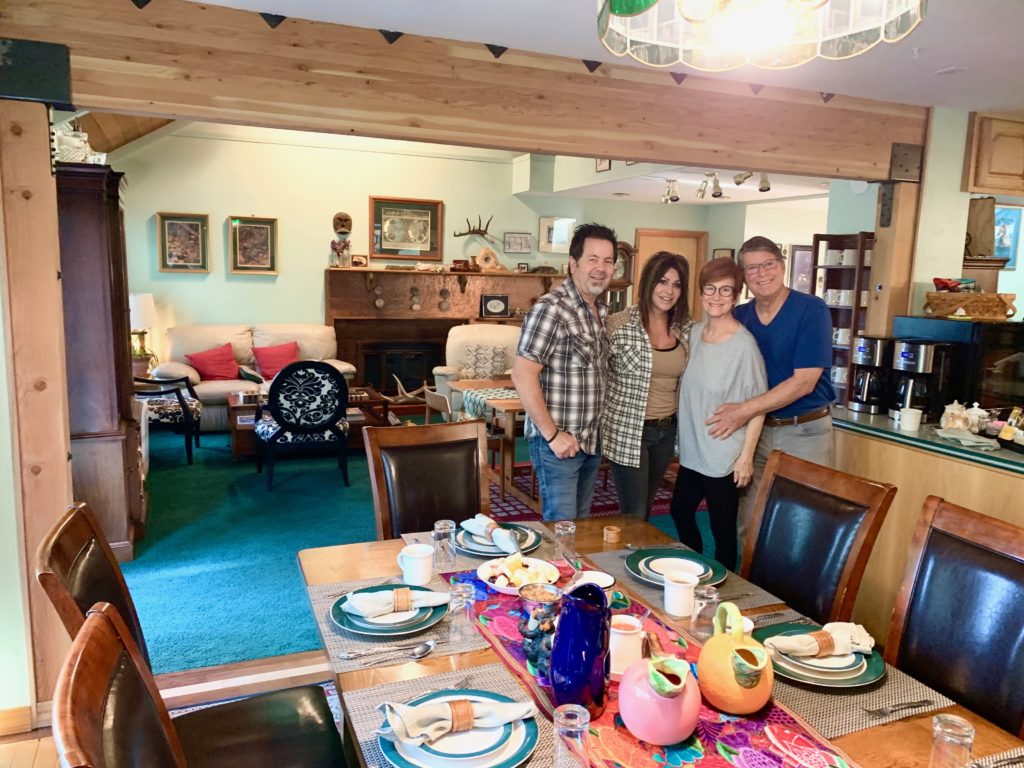
Homemade everything for breakfast
Kenai Peninsula
The next day, we drove all the way down the coast on Highway A3 into the Kenai peninsula. This drive is absolutely gorgeous! After commenting every minute on the beauty around us, we realized that it was just going to keep going so we could give the constant comments a rest. We visited the renowned The Hotel Alyeska in Girdwood and ate at a cute little place called The Bake Shop , where the flowers are so gorgeous you have to make sure they’re not fake and everything is homemade (try the cinnamon rolls).
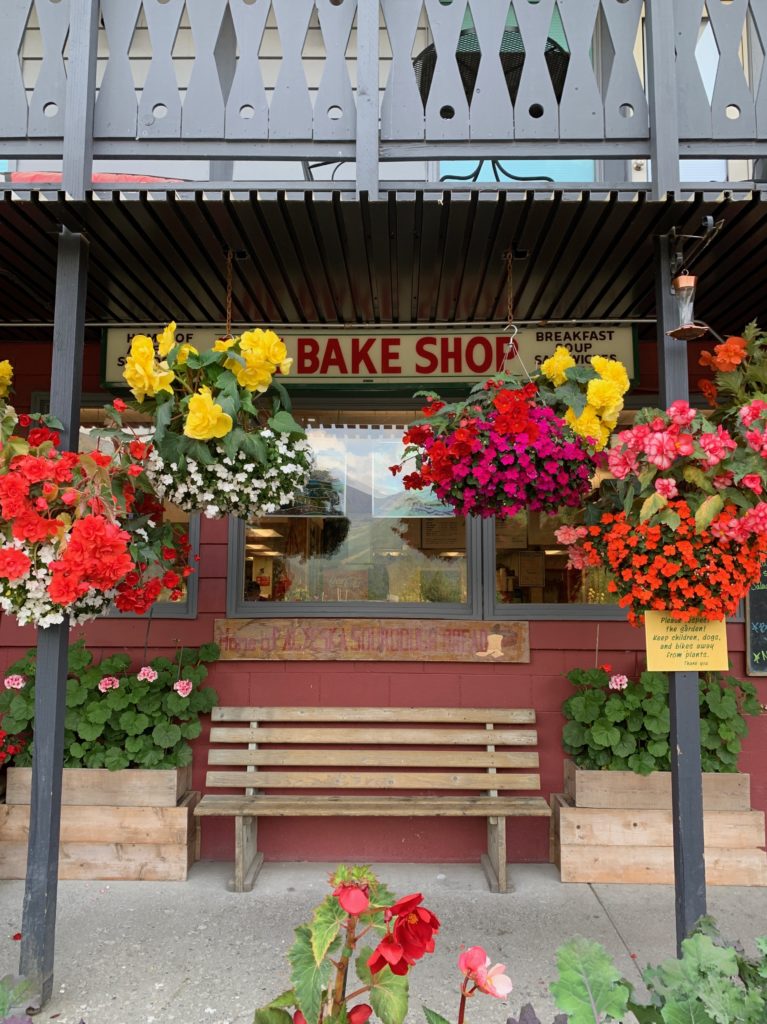
The Bake Shop 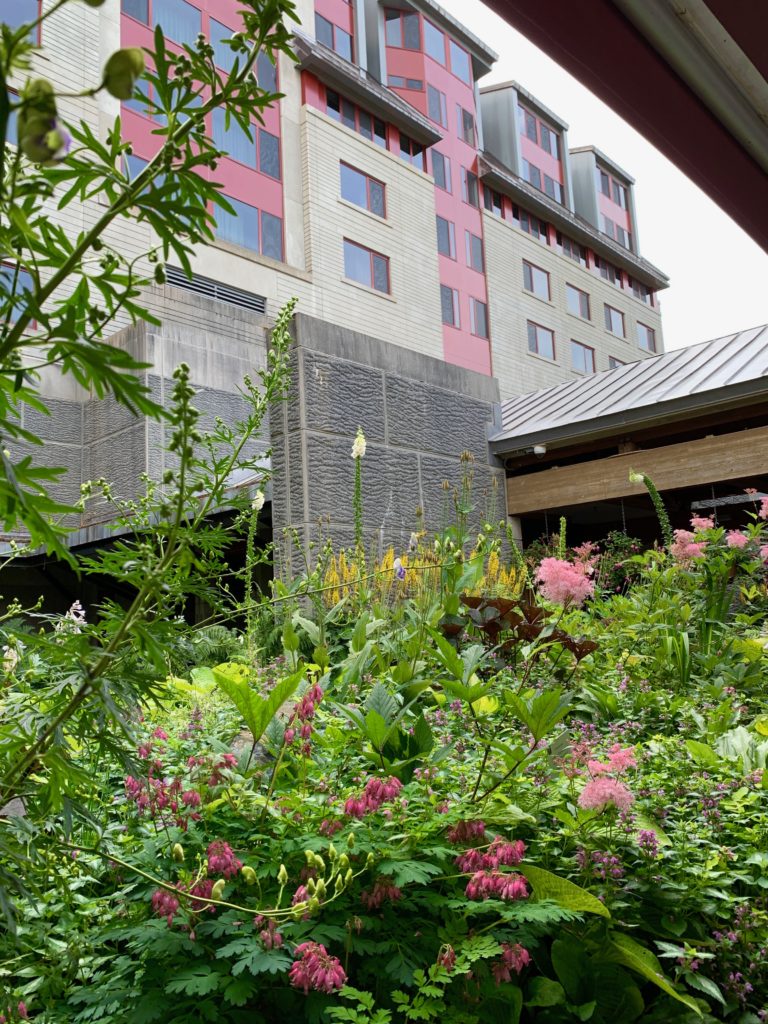
The Hotel Alyeska 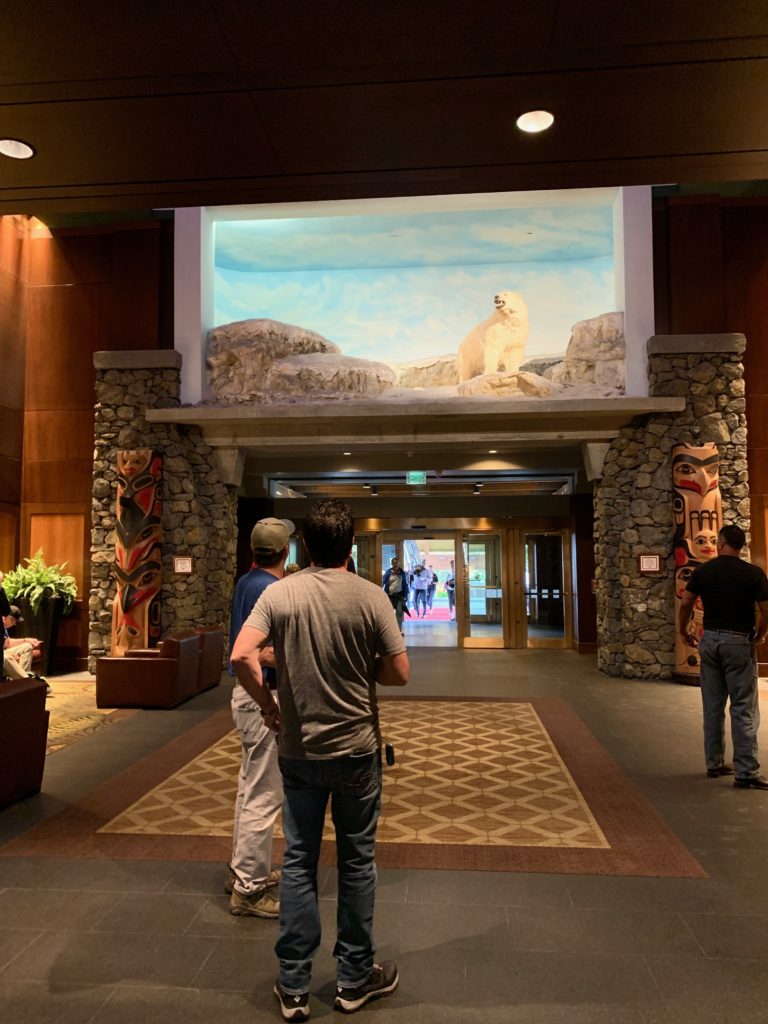
Inside The Hotel Alyeska
We made lots of little interesting stops along the way and ended up in Cooper Landing at the Kenai Princess Lodge for the night, which is nestled on a hill overlooking the Kenai River. If you stop there, take the little hike right off the parking lot down to the river. There is a phone down at the bottom to call the concierge, as many who make the hike down don’t want to hike back up! This is where I tell you that Ricky, almost 2 decades older than us, kept up with us the entire trip- or rather we kept up with him (my daughter saw him recently and said, “Mom, he looks your age”! I’m glad she didn’t say we look his age)! Down on the river, we saw an eagle catching fish down on the river flying eye level- so cool!
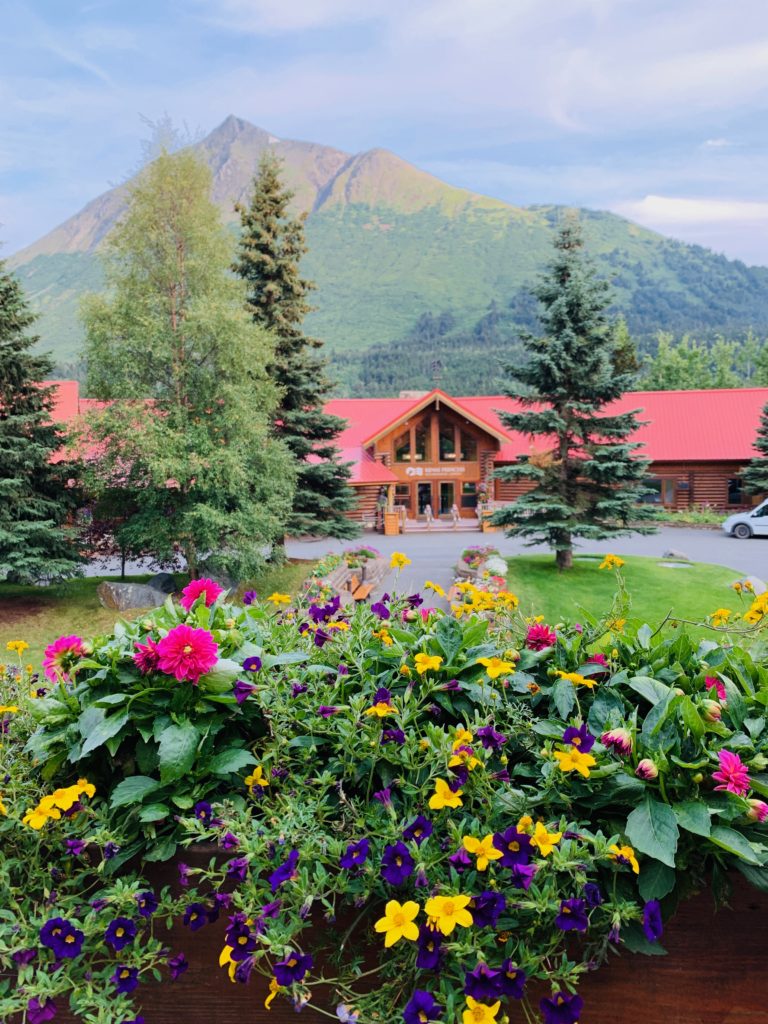
The Kenai Princess Lodge 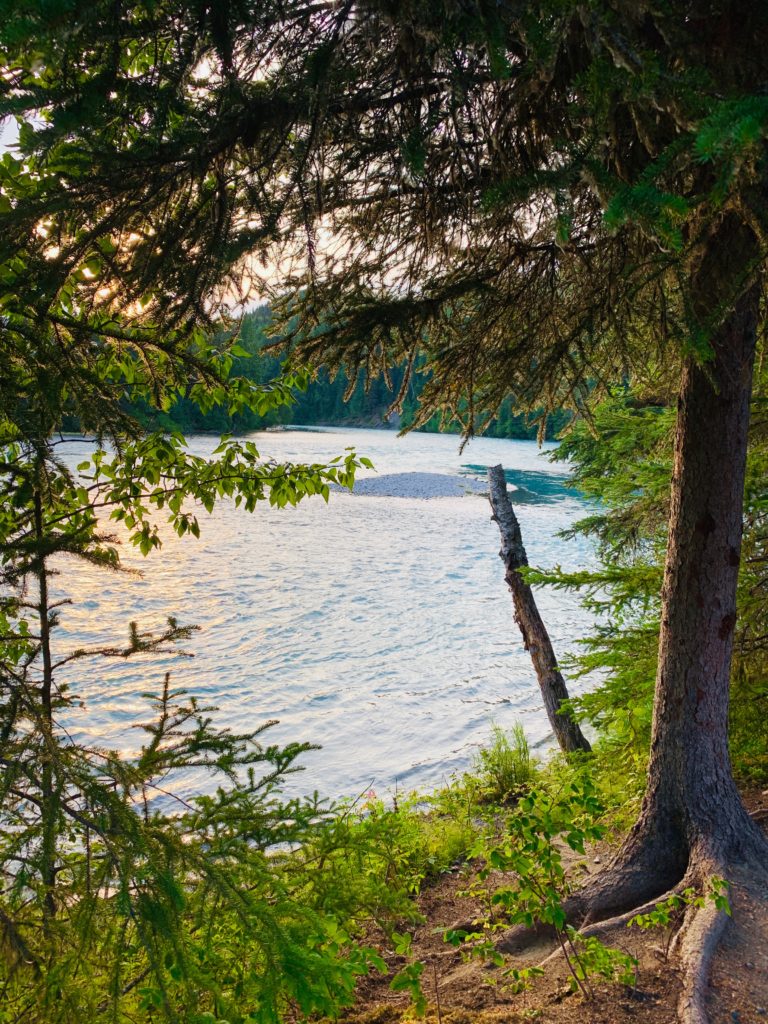
The Kenai River-
hike down from the resort
Prior to arriving at the Princess, we hiked down to Virgin Falls. Of course, we had to endure the guys comments about wanting to find the virgins. Gorgeous!
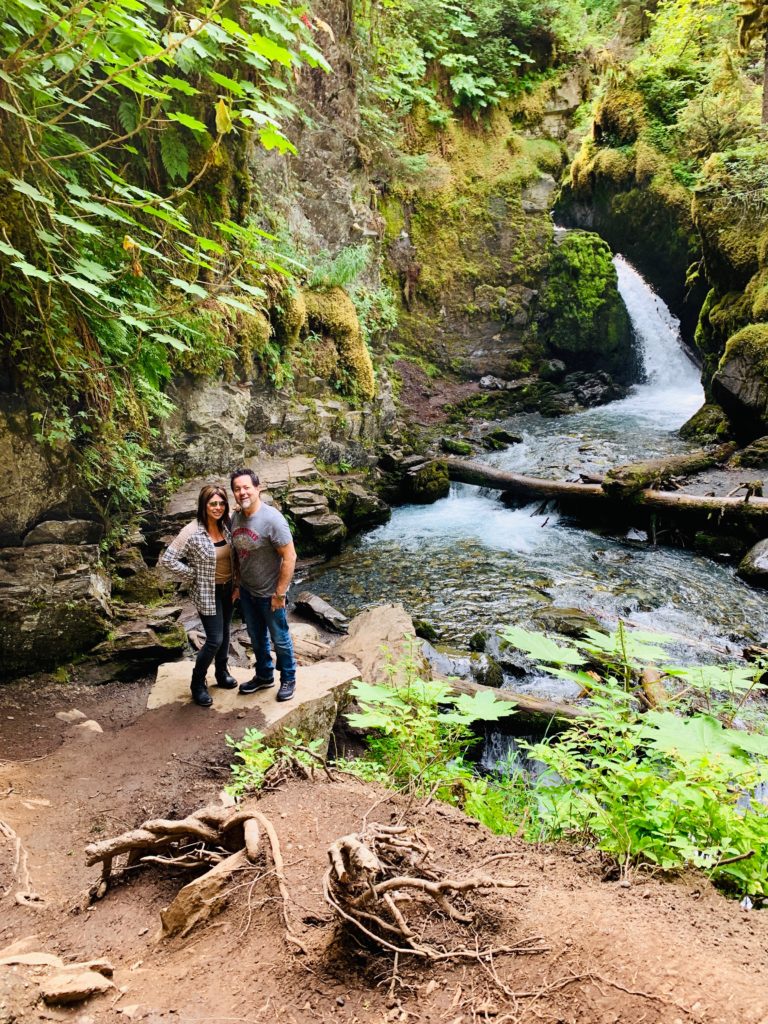
No Alaska Adventure is complete without watching the salmon run! The next day, we stopped at the Russian river and fulfilled one of our bucket list items when we watched fly fishermen pulling out salmon left and right. The Russian has to be one of the most beautiful rivers in the world! In addition, there are awesome walking trails beside the river. Next time we’ll bring some poles and try our luck.
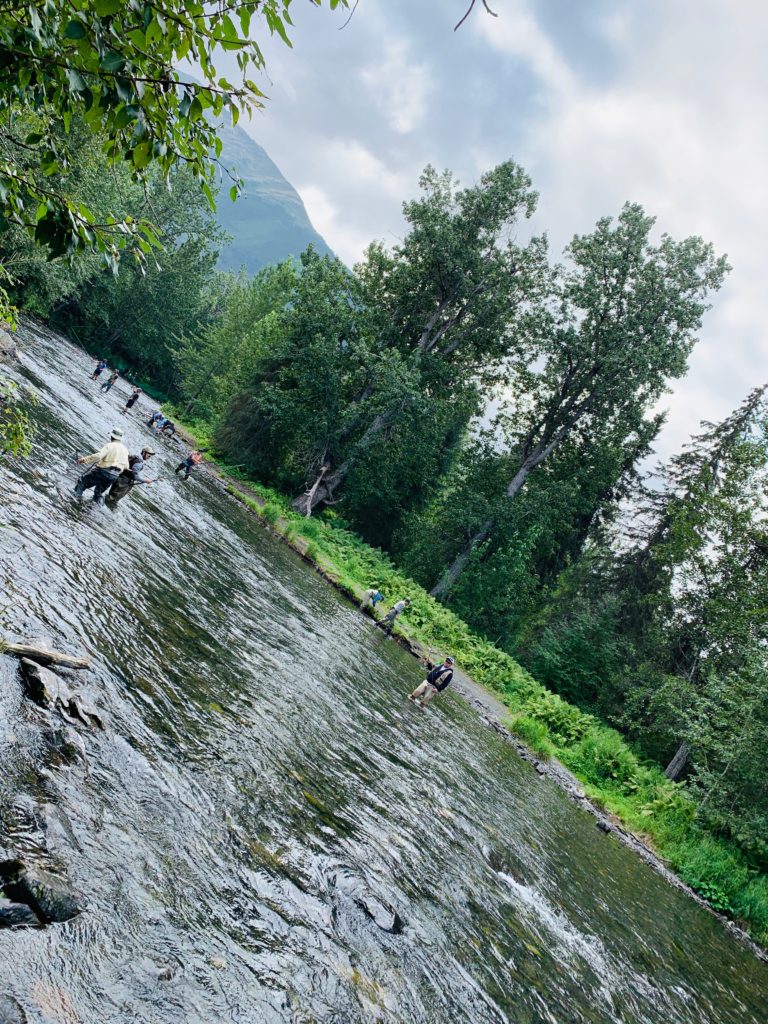
Homer
Along the way through Soldatna, Kasiloff and then Homer, there was gorgeous, shocking- pink Fireweed everywhere.

We checked into another B & B, Halcyon Heights, in Homer. I don’t really know what to say about this place- super interesting and I made my little grandchild Harlee laugh hysterically with some stories about it when we got home. I’m sure it piques your interest for me just to say that in spite of some funny things, I highly recommend it. Juxia, the host, is an incredible cook and ask for Steven’s special coffee 🙂 . We ate at Cafe Cups that evening- one of best restaurants in Homer. Make sure you make a reservation.
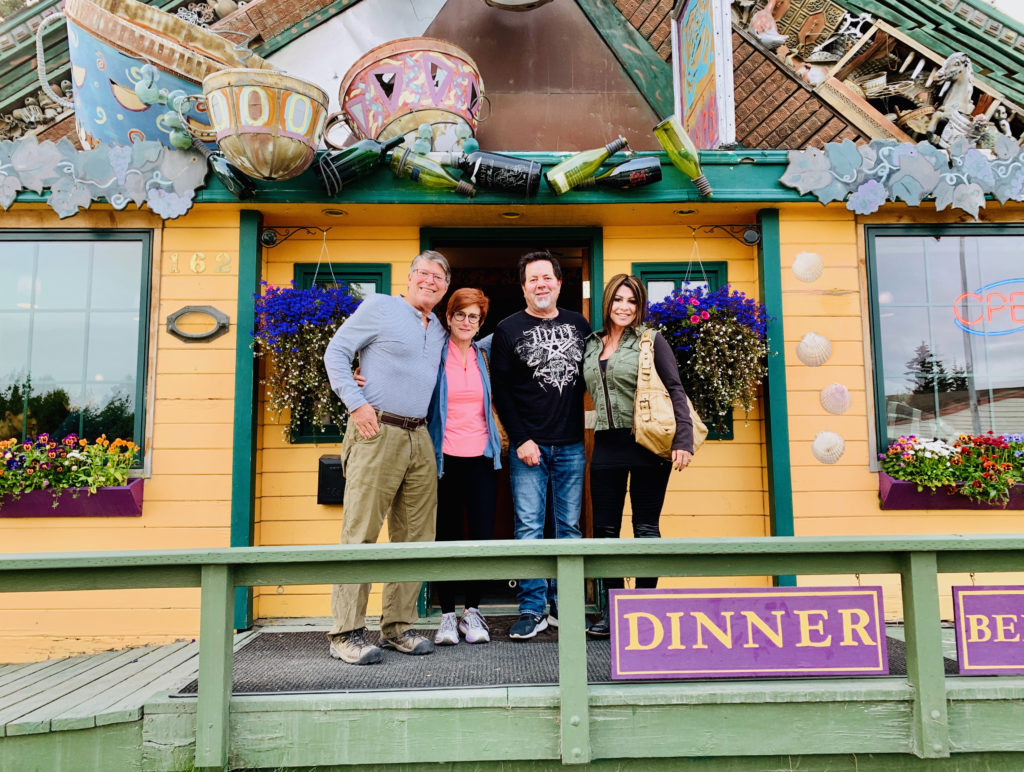
Cafe Cups, Homer, Alaska 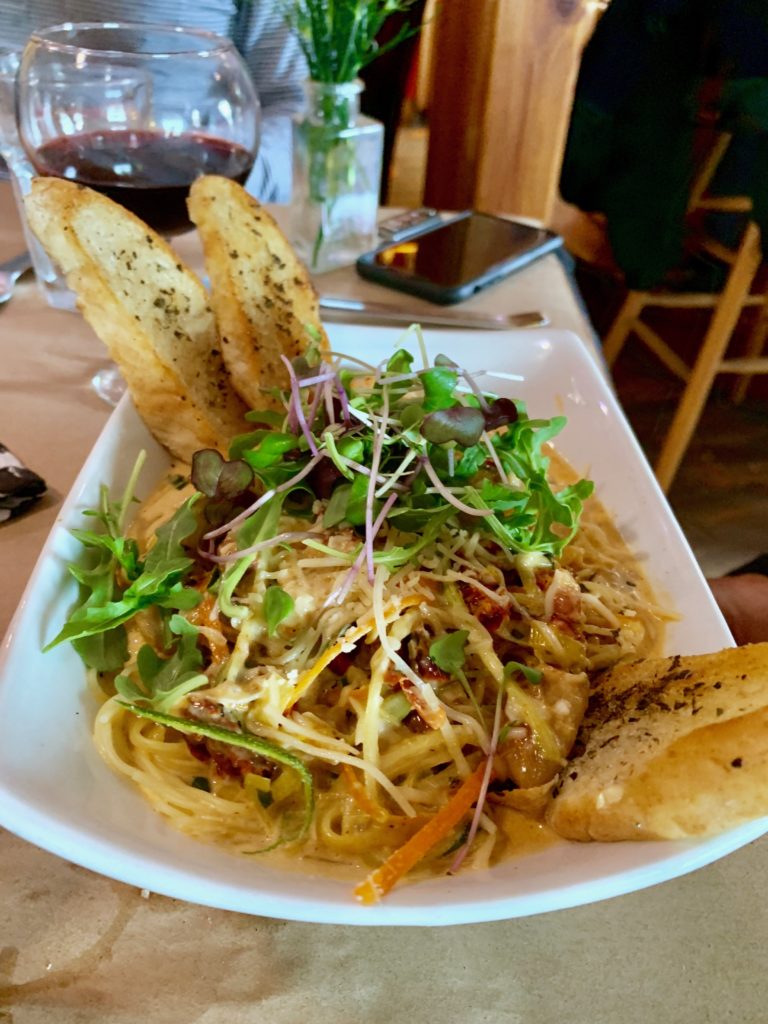
Cafe Cups 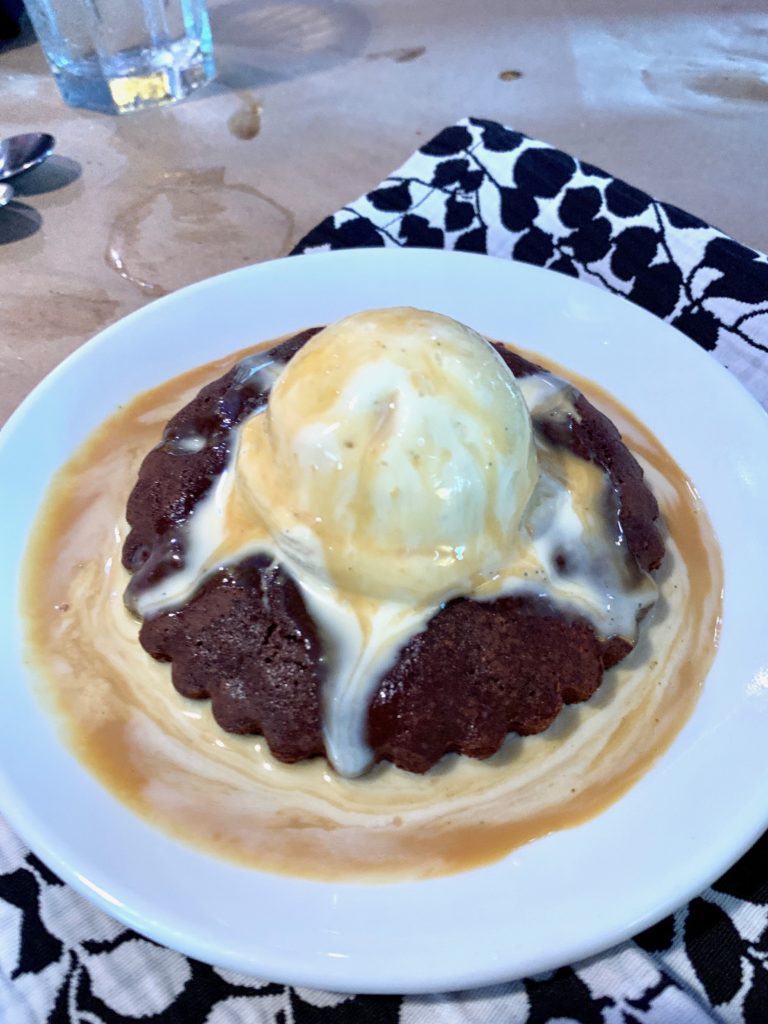
Cafe Cups 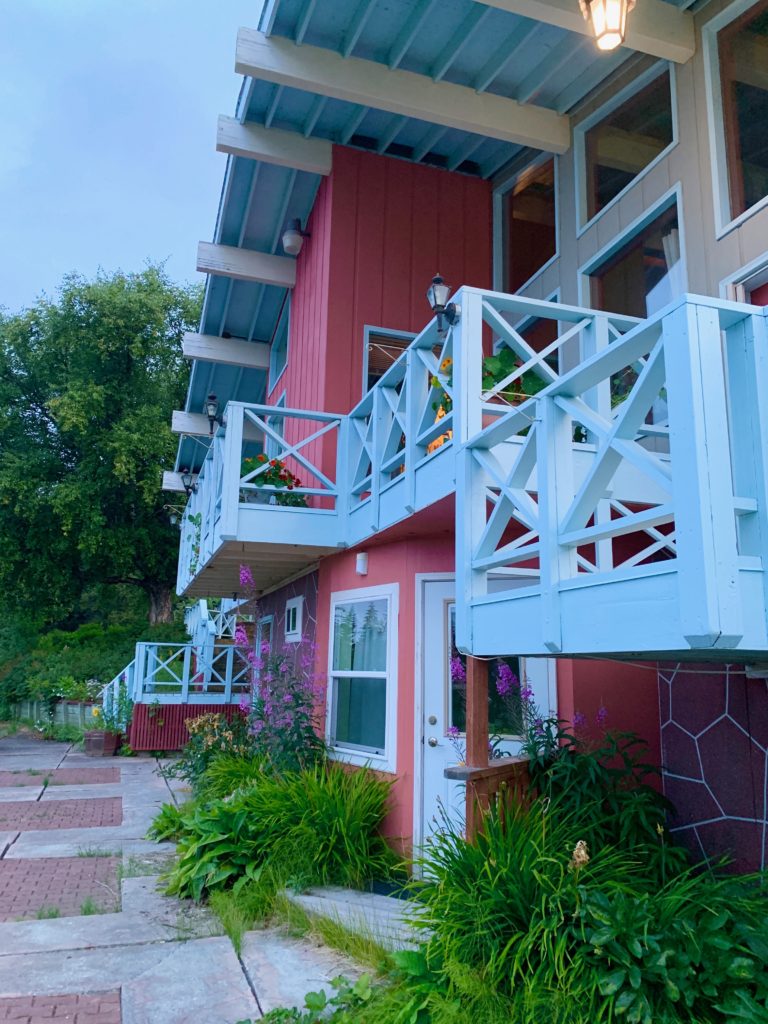
Halcyon Heights, Homer, Alaska 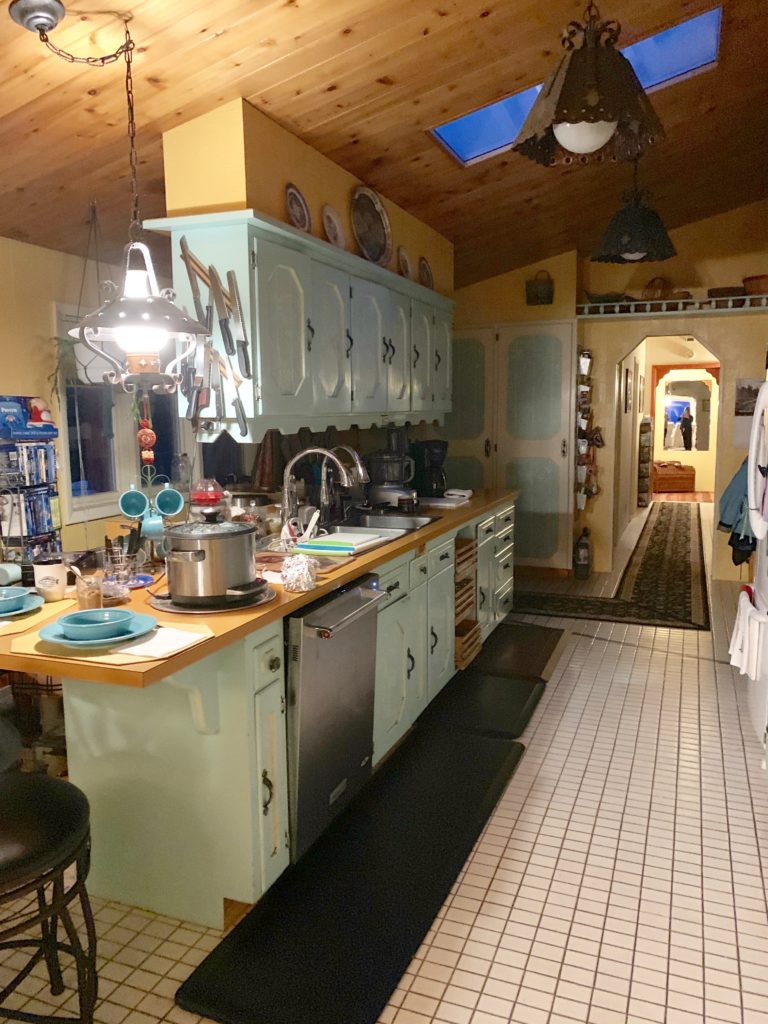
Kitchen at
Halcyon Heights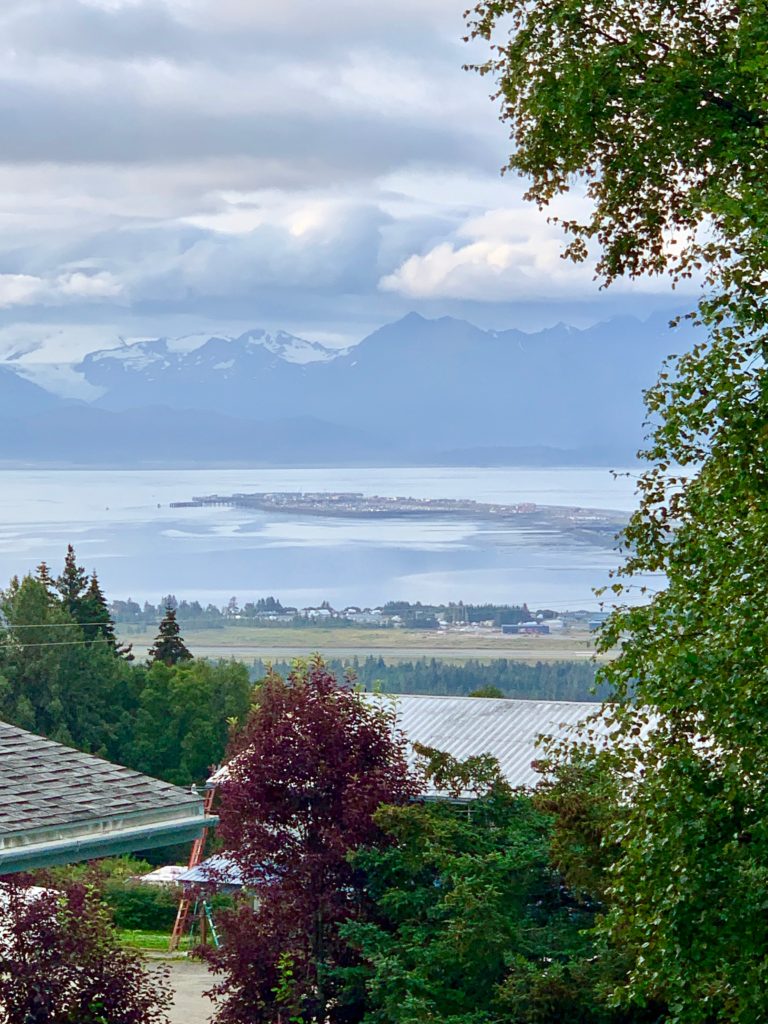
View from hot tub at Halcyon Heights
The next morning, Kevin and Rick went halibut fishing and Wendy and I explored the beach and the town. The guys fished with North Country Charters and Captain Ben did not disappoint! That night, Pattie at Captain Patties, cooked our fresh halibut family style. The best halibut I’ve ever had! Just hours ago they had been swimming in the cold, cold waters of Alaska.
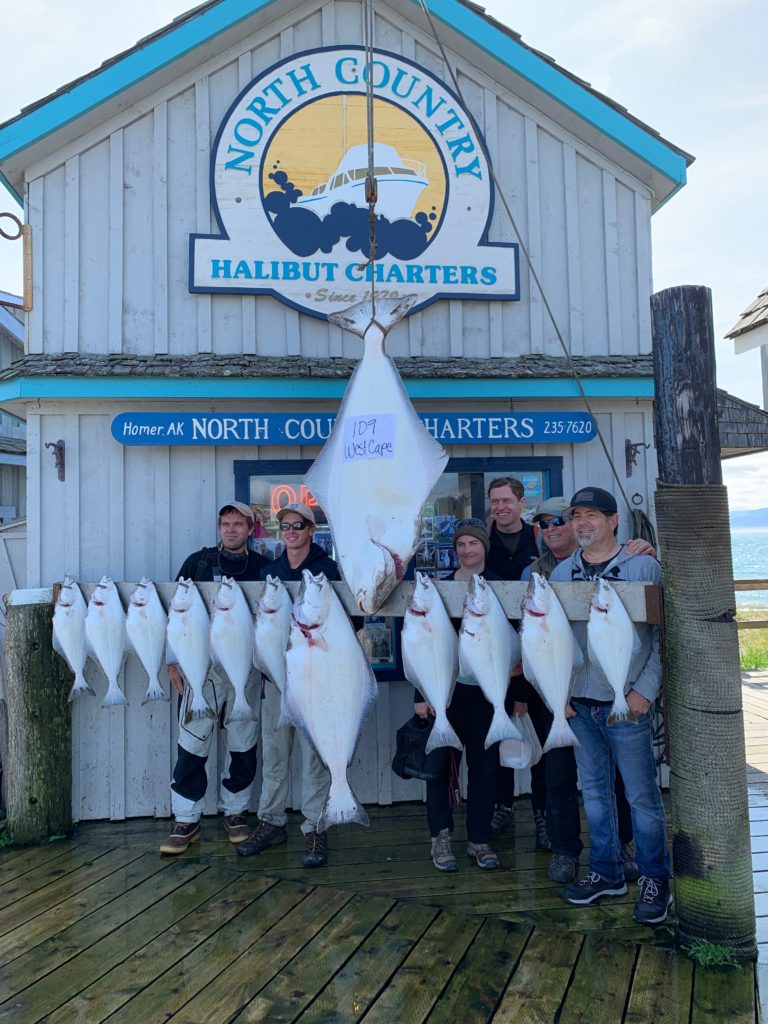

Fried 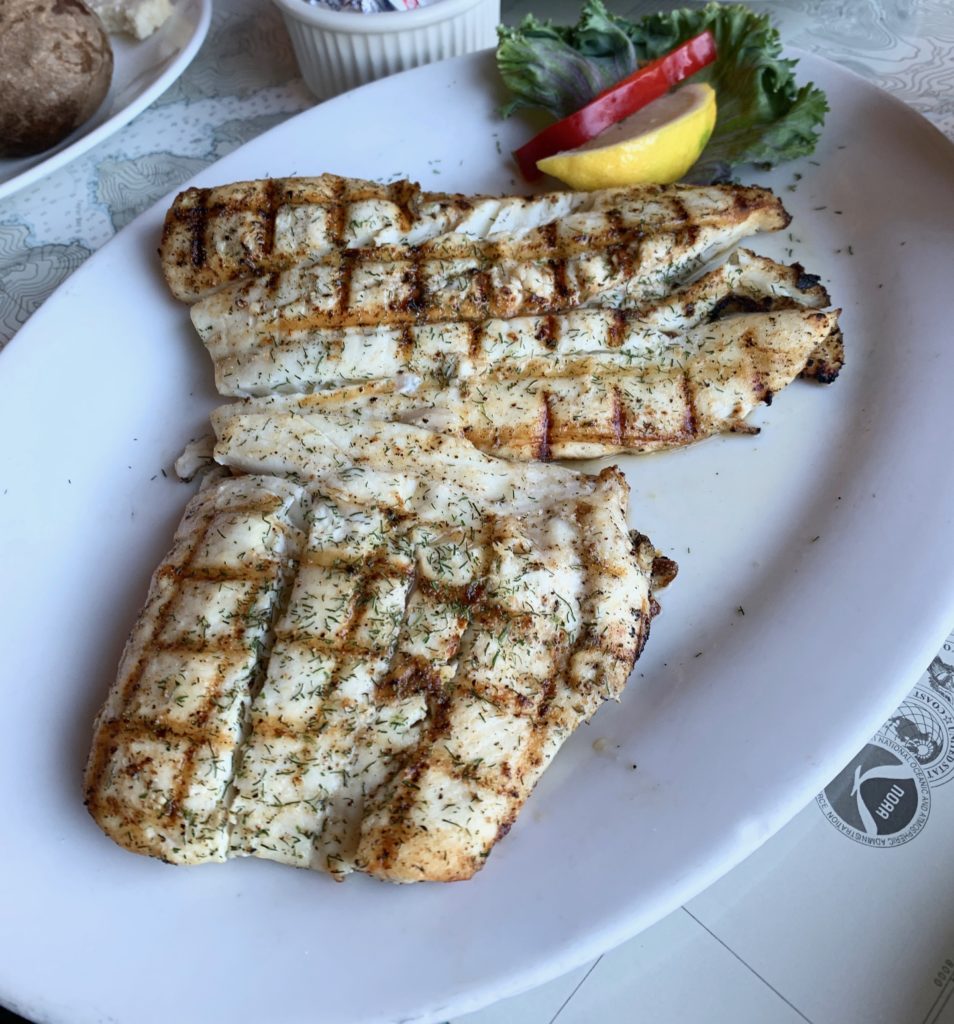
Grilled 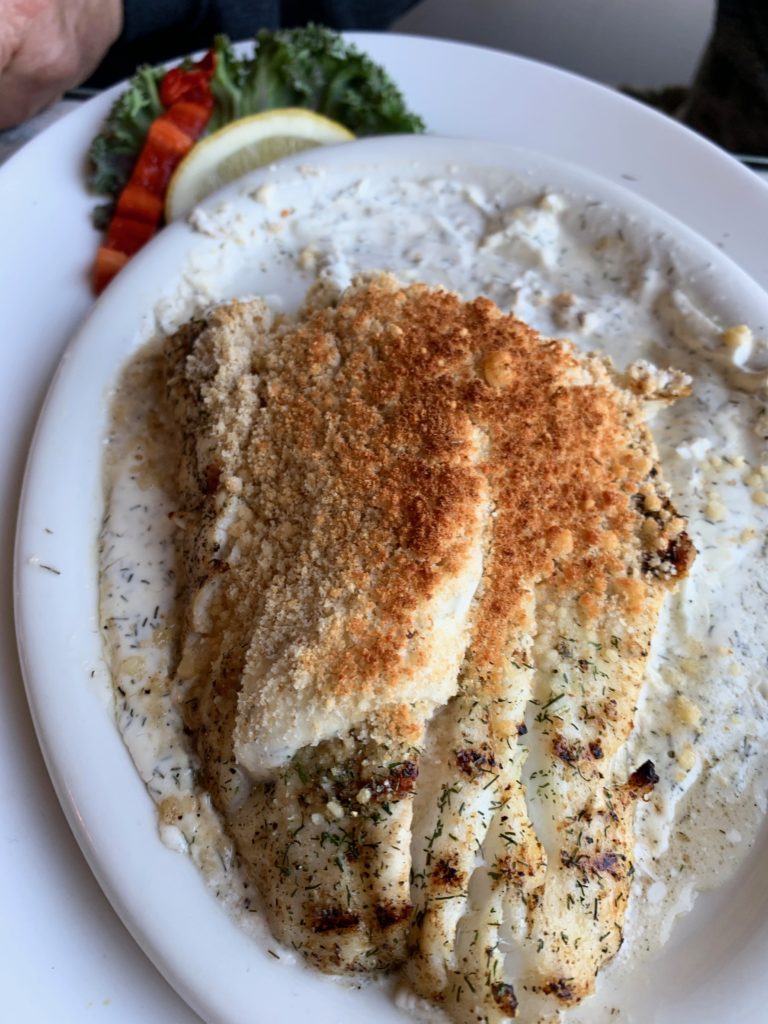
Baked
Wendy and I explored Bishops Beach, which has to be one of the most stunning beaches anywhere! They were enjoying an unusually low tide and we saw all kinds of sea creatures in the tide pools.
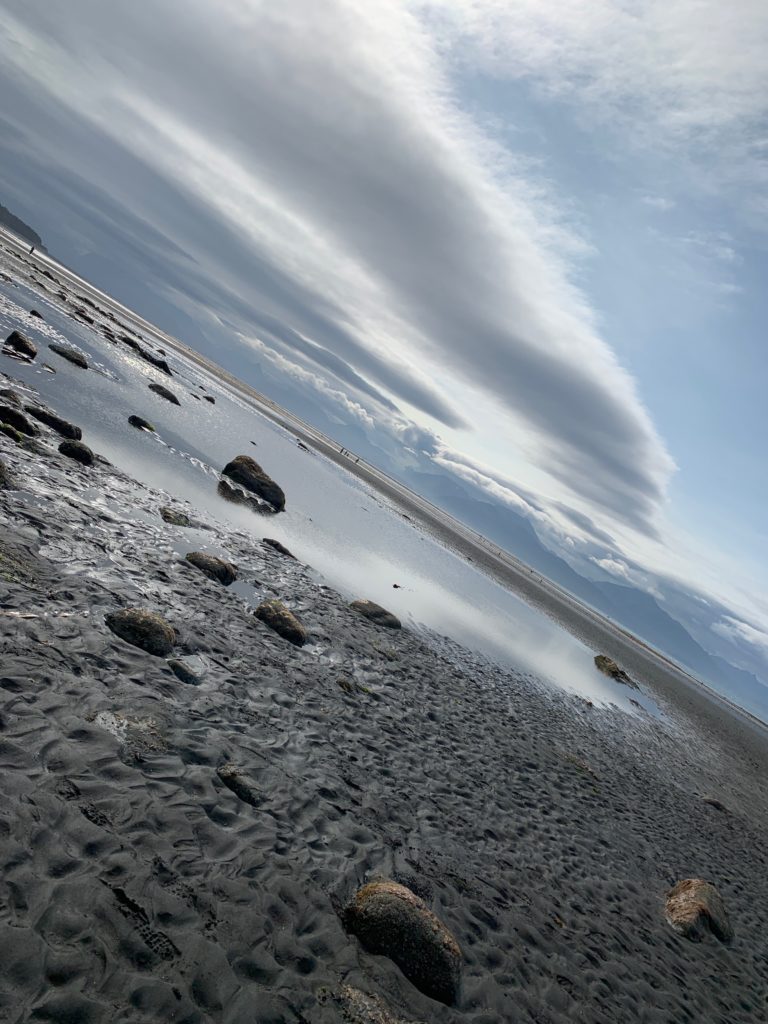
Bishops Beach 
Star fish 
Christmas Anemone
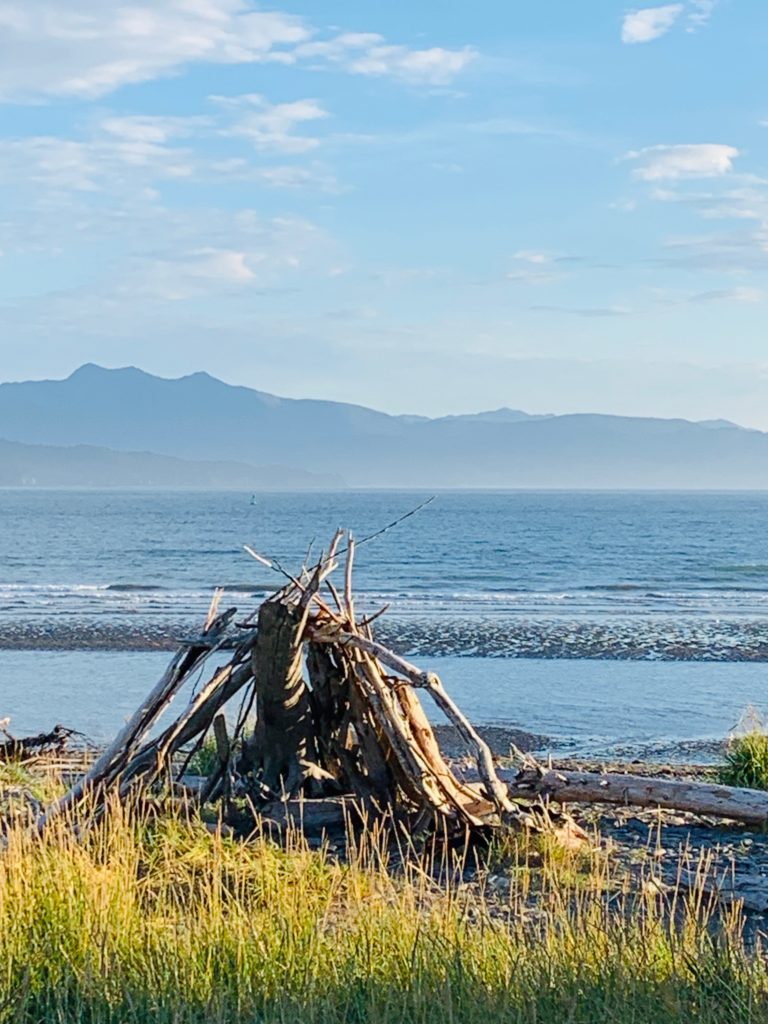
We also went to the famous Salty Dawg Saloon on the Spit- fun, crazy place to have a beer and take an instagram with who-knows-how-many dollar bills surrounding you!
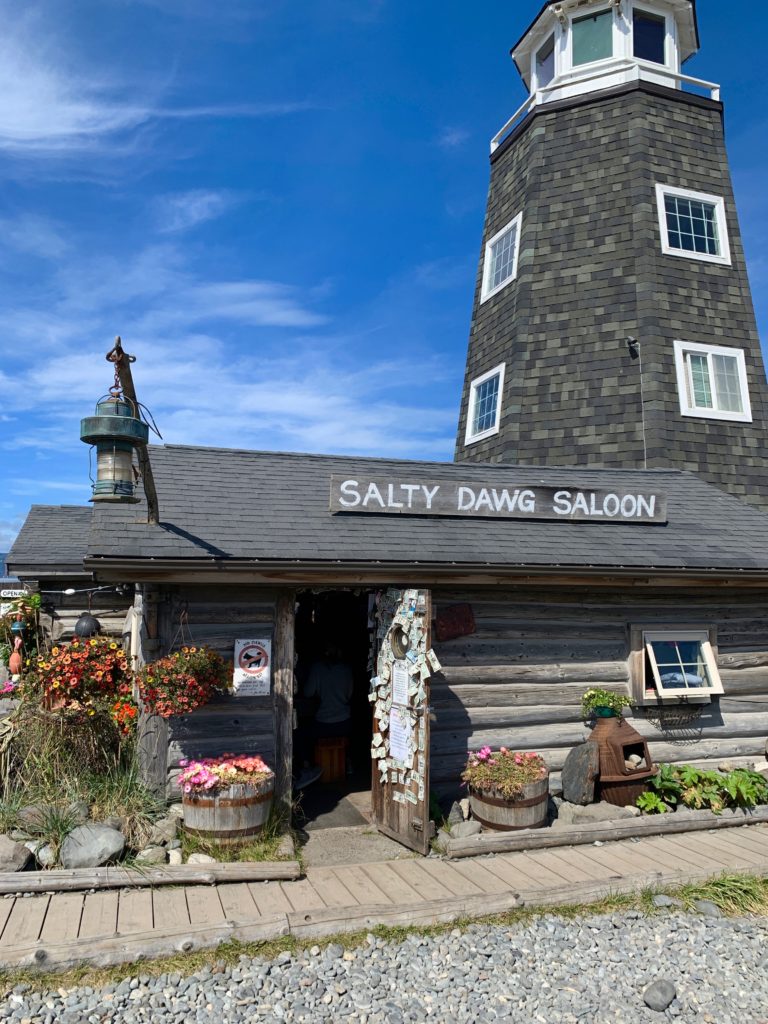
Salty Dawg Saloon 
Money, money, money 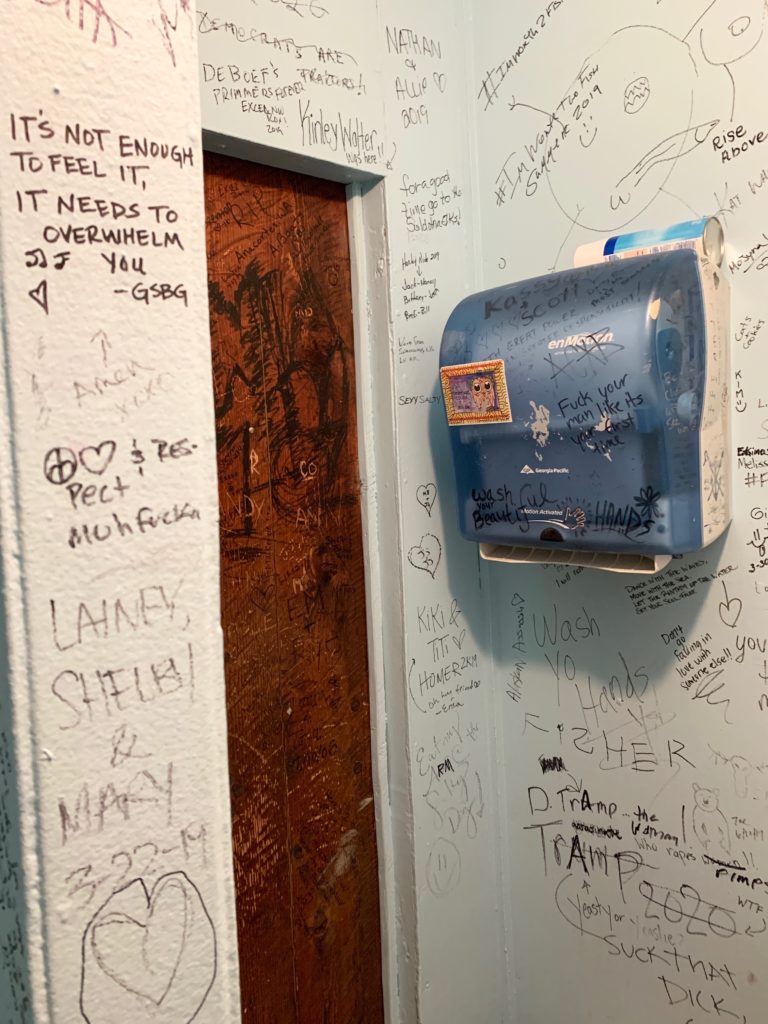
Salty Dawg bathroom- don’t let your kids go in! 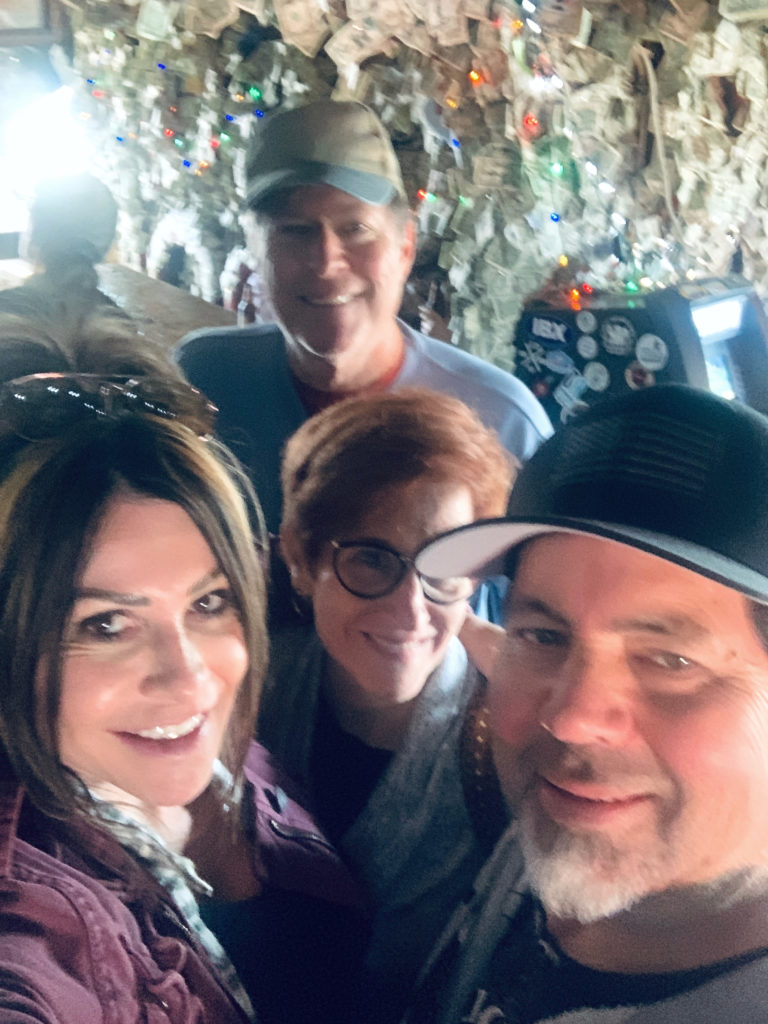

Alaska Adventure: Part 2 to come
Then, we headed back to the B & B to pack up and get some rest for the main event the next day, Destination: Tutka Bay Lodge. Join me for the highlight of our Alaska adventure in Part II!

